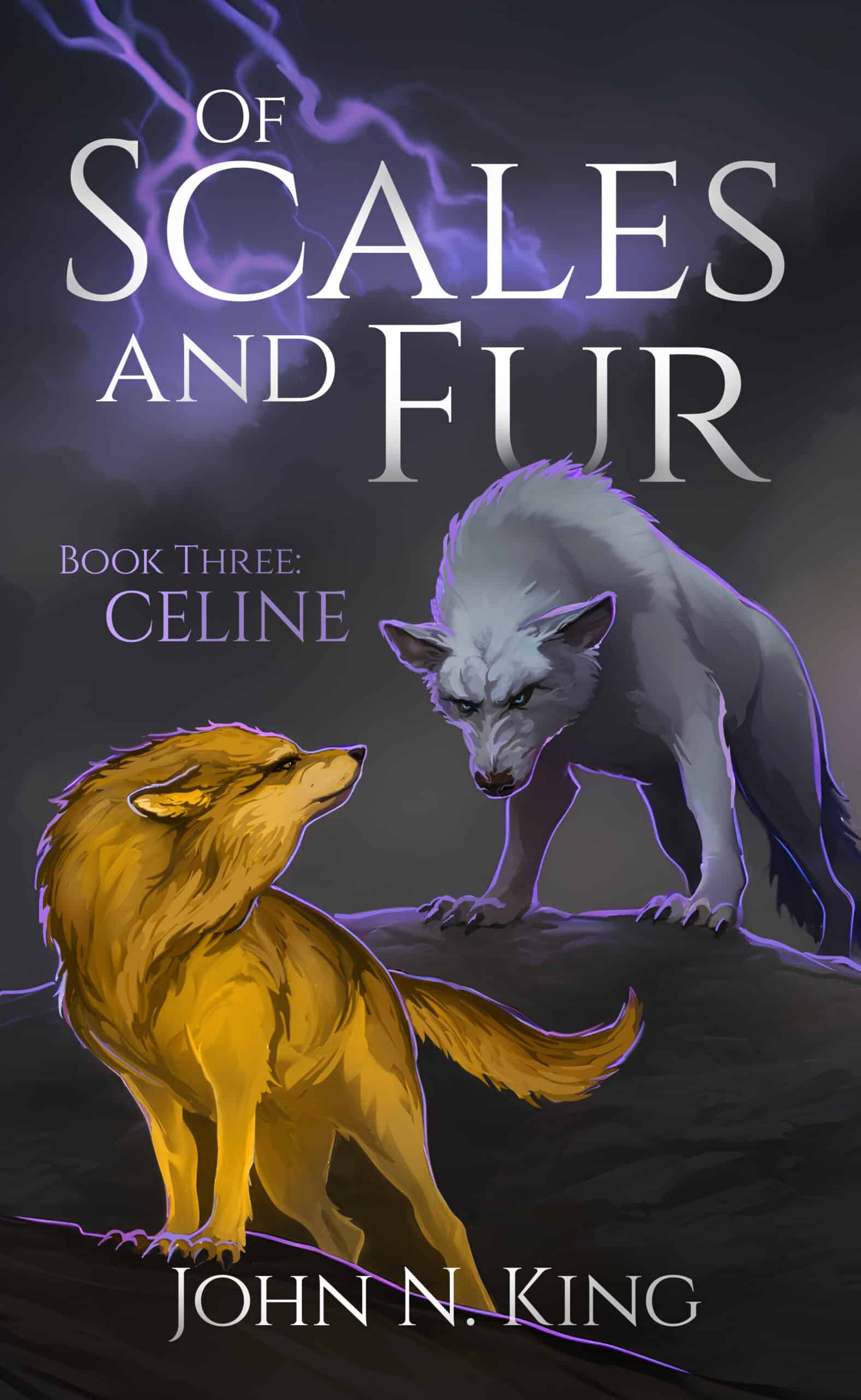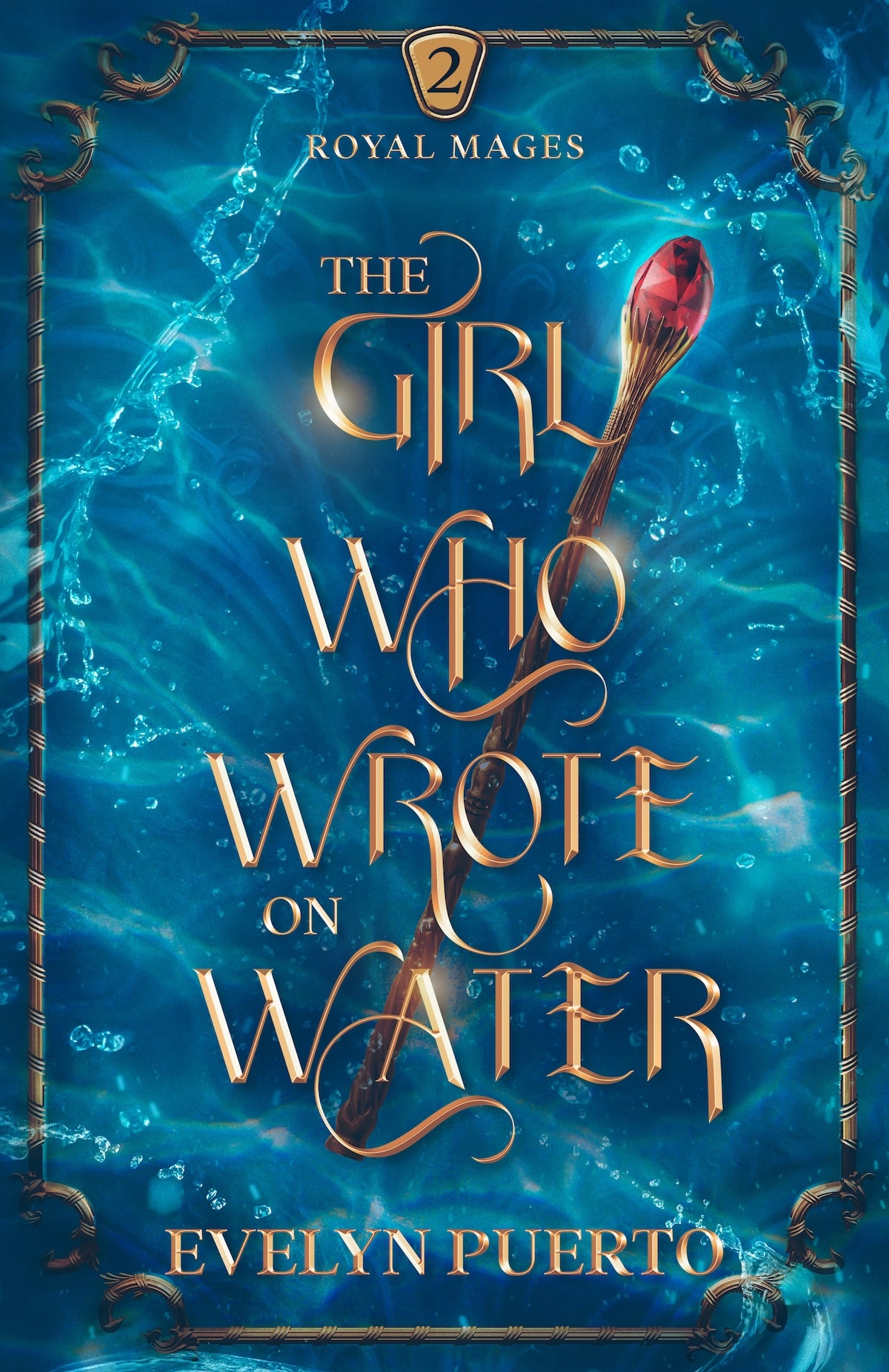Yesterday, I wrote a guest post for my father-in-law, Seth Barnes, about how my dream to write is a killer mountain like K2. Today, my friend Matt Snyder posted another of my posts about dreaming.
In both of them, I committed theft.
I didn't steal the content. No, I'm innocent of plagiarism. Instead, I stole someone else's voice.
Steven Pressfield says he can't read authors with strong voices anymore (he cites Philip Roth) because they rub off on him. That's fine for Steve, but for us fledgling writers, those voices are like calcium supplements. They make our bones strong.
Lately, I've been reading Annie Dillard's The Writing Life. This is a problem because Annie Dillard has a unique and beautiful voice, and without meaning to, I stole it. I'm slightly embarrassed about it, so keep it on the DL.
I can't blame myself though. Her style is graceful and complicated, and there is no way I could do it justice. However, she does some interesting things I picked up easily enough. And so can you.
So here is your two-step formula to write like Annie Dillard:
1. Build a Metaphor. In Annie's non-fiction, she regularly starts a point with an elaborate metaphor: the polar explorers or alligator wrestlers or stunt plane pilots. Her metaphors are vivid:
The crowd watched the young Indian and the alligator twist belly to belly in and out of the water; after one plunge, they failed to rise. A young writer named Lorne Ladner described it. Bubbles came up on the water. Then blood came up and the water stilled (p 74).
In my post on Seth's blog, I wrote about the second tallest mountain on earth, K2, during the 1986 climbing season. The mountain killed thirteen climbers that year. Here's how I described it:
Later that year, seven climbers got stuck in a storm at 26,000 feet. Only two made it home, and they paid for their lives in fingers and toes, lost to frostbite. One climber was found a year later by the Japanese team leaning against a rock wall. She was frozen stiff.
It's not half as good, but can you see Annie's influence? I'm a thief. I know it.
2. Switch to Second-Person Point-of-View. After building her metaphor, she throws us, the readers, right in the middle:
This is your life. You are a Seminole alligator wrestler. Half naked, with your two bare hands, you hold and fight a sentence's head while its tail tries to knock you over.
See how she switches to second person? This is where the point she is making and her metaphor collide. Here's how she rubbed off on me:
Your dream wants to kill you. You fall 3,000 feet to your death. One hundred thousand pounds of snow and ice collapses on you. You get stuck in the open in much-too-cold weather, and they find you years later, still standing but frozen stiff.
Easy enough, right? Now you try.
PRACTICE
Practice writing like Annie Dillard for fifteen minutes. First, make a point. Writing is hard, for example.
Next, build a metaphor. What else is hard? Running marathons? Running a marathon everyday for a year like this guy.
Last, switch to second-person point-of-view. Your feet start to bleed. You run on them anyway. You can't afford to tear through another pair of shoes. You learn to run barefoot. The sun paints your skin brown. You run through the snow. It is hard and your breathes come in sharp stabs but you are writing. Writing! You are thankful for the blood and the stabs because you are writing.
Don't forget to post your practice in the comments.
Happy practicing.
Joe Bunting is an author and the leader of The Write Practice community. He is also the author of the new book Crowdsourcing Paris, a real life adventure story set in France. It was a #1 New Release on Amazon. Follow him on Instagram (@jhbunting).
Want best-seller coaching? Book Joe here.



Hey Joe, all the guns are safely stowed! LOL! I am pressed for time today but am intrigued by the person switch idea. I hope it’s OK that I have gone off-road a bit and am applying this exercise to what I wrote yesterday. The experiment is pretty astounding for me.
Here is my draft from yesterday’s assignment. Note that in it I moved out of second person and into third. (It’s a glaring mistake in retrospect.)
—
Dust is everywhere. It coats the leaves and the houses and comes up from beneath the wheels of the trucks that growl along the road. It settles onto the table and the papers and the book, so that the pages feel of grit as you handle them. It sticks to his skin next to his collar and grinds away at his softness.
He cannot escape the dust. Now as he looks out of the window and across the plaza and the road and the trees, across the muddy river and beyond the plain to the mountains, he knows. It is over. And the dust falls down and the world turns brown.
—
Now, look what happens when instead it moves from third person to second — TOWARD the reader:
—
Dust is everywhere. It coats the leaves and the houses and comes up from beneath the wheels of the trucks that growl along the road. It settles onto the table and the papers and the book, so that the pages feel of grit as he handles them. It sticks to the skin next to his collar and grinds away at his softness.
You cannot escape the dust. Now as you look out of the window and across the plaza and the road and the trees, across the muddy river and beyond the plain to the mountains, you know.
It is over. And the dust falls down and the world turns brown.
___
Very cool Mark. It definitely does move it toward the reader. Good way to put it. A successful experiment I think 🙂
I forgot to mention, Bright Lights, Big City was written all in second person. You might like it.
http://www.amazon.com/Bright-Lights-Big-City-McInerney/dp/0394726413
I LOVE Annie Dillard’s “The Writing Life.” You’re right…her writing style is beautiful.
This is my first visit to your blog (Jeff Goins tweeted the suggestion) and I look forward to visiting and participating more often.
Thanks!
Couldn’t resist, even though this post is old. Good practice.
The cowboy waits in the shute, calculating the speed and agility he’ll need to rope the calf. The gates crash open and the calf sprints ahead, the cowboy dashing behind to beat the clock. He prepares his rope, eyes always on his target, his legs controlling his pony. He simultaneously throws his rope and brakes his pony’s forward momentum. The rope drops over the calf’s head and jerks taut, whipping it to the ground. The pony holds tension while the cowboy drops, bags the flaying legs and ties them in record time, this time.
You are the cowboy wrestling your writing dream to the ground, calculating odds and needs, balancing forward momentum with heart-stopping breaks, all the while keeping your eye on the calf and the clock. Some days you rise triumphant from the dust and some days you get your butt kicked, but you always go back for the thrill of the ride.
The point: Writing is hard, right?
The metaphor: As hard as roping cattle. Close?
Great practice. Very fun. Some days you DO get your butt kicked. Quite true. Glad you’re out there on the range with us. Man that sounds cheesy.
Couldn’t resist, even though this post is old. Good practice.
The cowboy waits in the shute, calculating the speed and agility he’ll need to rope the calf. The gates crash open and the calf sprints ahead, the cowboy dashing behind to beat the clock. He prepares his rope, eyes always on his target, his legs controlling his pony. He simultaneously throws his rope and brakes his pony’s forward momentum. The rope drops over the calf’s head and jerks taut, whipping it to the ground. The pony holds tension while the cowboy drops, bags the flaying legs and ties them in record time, this time.
You are the cowboy wrestling your writing dream to the ground, calculating odds and needs, balancing forward momentum with heart-stopping breaks, all the while keeping your eye on the calf and the clock. Some days you rise triumphant from the dust and some days you get your butt kicked, but you always go back for the thrill of the ride.
The point: Writing is hard, right?
The metaphor: As hard as roping cattle. Close?
Great practice. Very fun. Some days you DO get your butt kicked. Quite true. Glad you’re out there on the range with us. Man that sounds cheesy.
Many a times my mind wanders and rests on the topic of how I would like to die. I know it is unusual but what can I say, that’s just the way it is…. Well, I can tell you this, of all the ways my mind can envisage, I would never like to leave this world in a desert. I would rather choose frying in a cauldron of oil in hell’s fire for all eternity than walking in a dry desert, enervated and famished, under the tormenting sun.
If you ever have the misfortune of ending up in such a situation, let me describe to you what you happens.
Your throat burns and your lips crack until the golden sand resides snugly in them. The sun sees to it that your skin scorches until it develops a “reddish” burnt appearance. Every organ in your body screams out for help, and wants you to stop but in your debilitated state, your mind creates an illusion of a human settlement nearby, just over the next dune, and pushes you to go on.
When,at last, every ounce of energy is wiped clean out of your system and you can take it no more, you fall face down on the sand, with your lips swollen and your breathing heavy. Soon your heart rate slows down and finally all the pain recedes.
Many a times my mind wanders and rests on the topic of how I would like to die. I know it is unusual but what can I say, that’s just the way it is…. Well, I can tell you this, of all the ways my mind can envisage, I would never like to leave this world in a desert. I would rather choose frying in a cauldron of oil in hell’s fire for all eternity than walking in a dry desert, enervated and famished, under the tormenting sun.
If you ever have the misfortune of ending up in such a situation, let me describe to you what you happens.
Your throat burns and your lips crack until the golden sand resides snugly in them. The sun sees to it that your skin scorches until it develops a “reddish” burnt appearance. Every organ in your body screams out for help, and wants you to stop but in your debilitated state, your mind creates an illusion of a human settlement nearby, just over the next dune, and pushes you to go on.
When,at last, every ounce of energy is wiped clean out of your system and you can take it no more, you fall face down on the sand, with your lips swollen and your breathing heavy. Soon your heart rate slows down and finally all the pain recedes.
It’s been three weeks now and all you’ve found is 3 old
boots, 119 bottle tops and a speck of gold dust the size of an ant – which is
your only hope. The prospecting equipment seems like it is doing nothing,
because you still haven’t found a gold nugget. You know that you can’t blame
the equipment or the location. It’s hard work, but you know it is out there.
Just keep digging. Keep panning away. Your Eureka moment is coming.
You question which is hotter, the sun or the ground you are
working. In the distance you see the
sign saying, “Become Rich – Start Gold Prospecting Today”, you kick the dust
with your sweaty boot. It makes you angry. “There is no Gold!” you say throwing
your pen down on the paper.
In that very moment it, you hear a beep. The metal detector
has picked up something. You’ve heard the beep before, but this sound was
different. Instantly your shovel is in your hands, digging quickly but
carefully, not to miss anything.
Sentence after sentence, rock after rock, dust pile after
dust pile. Beeps get stronger and stronger, although sometimes you lose the
spot. Digging deeper, scratching grooves into the paper, with your sharp
pencil. Until…
You’ve found it.
Gold.
It’s no bigger than your fingernail, but it’s still gold.
The rush overwhelms you, pumping you with energy to try
again.
You savour the moment, looking out into the distance, holding the gold tightly
in your hands.
You pick up the shovel and dig again, again and again.
Writing is hard. Composing new ideas is hard.
It’s like walking blindfolded. Permanently. You are stuck in darkness, and try unceasingly to feel your way around the world.
You want to get something, an object. You can touch, smell, even hear, but never see. You touch something, but have no real idea of what it is – or so you think – because you can’t see it. And it eats away at you, that feeling that if you can’t see it, you can never know if it’s exactly what you want. No matter how much you bang it against the wall or run your tongue over its surface, you will never see it. You curse your blindness; everybody else seems to see so clearly.
And all you feel sometimes is your own numbness. You would give up, if it weren’t for the nagging curiosity at the back of your mind. To explore as much as you can with your limited senses.
This is your life as a writer. You create new ideas, scenes, images; you love them and then you hate them, and hate yourself. You will never know what it’s like for another to read your writing; you are blind to all eyes but your own. You will never know everything, see everything. You will never be perfect. And so you are scared of it, your blindness and your imperfection. You can only stay strong through hope. Adapt to your hardship – learn through your other senses, and enjoy your learning, as pained as it may be.
I’m not sure if the metaphor is really visible in this piece. Am I being too subtle?
Let’s say you wrote a novel. Over the course of many months, you nurture it from a tiny idea into pages of written prose. The novel grows alongside the characters, the plot takes surprising turns, and you tirelessly edit your draft. The novel and everything it needs is never far from your mind. Finally, after what seems like a lifetime, you’re finished. You’ve done everything you can, and you have regrets for things you wish you’d done differently or couldn’t make work, but now the novel has to stand on its own with all the tools you gave it. If you have succeeded, your novel will touch other lives and make the world a better place in some small or large way.